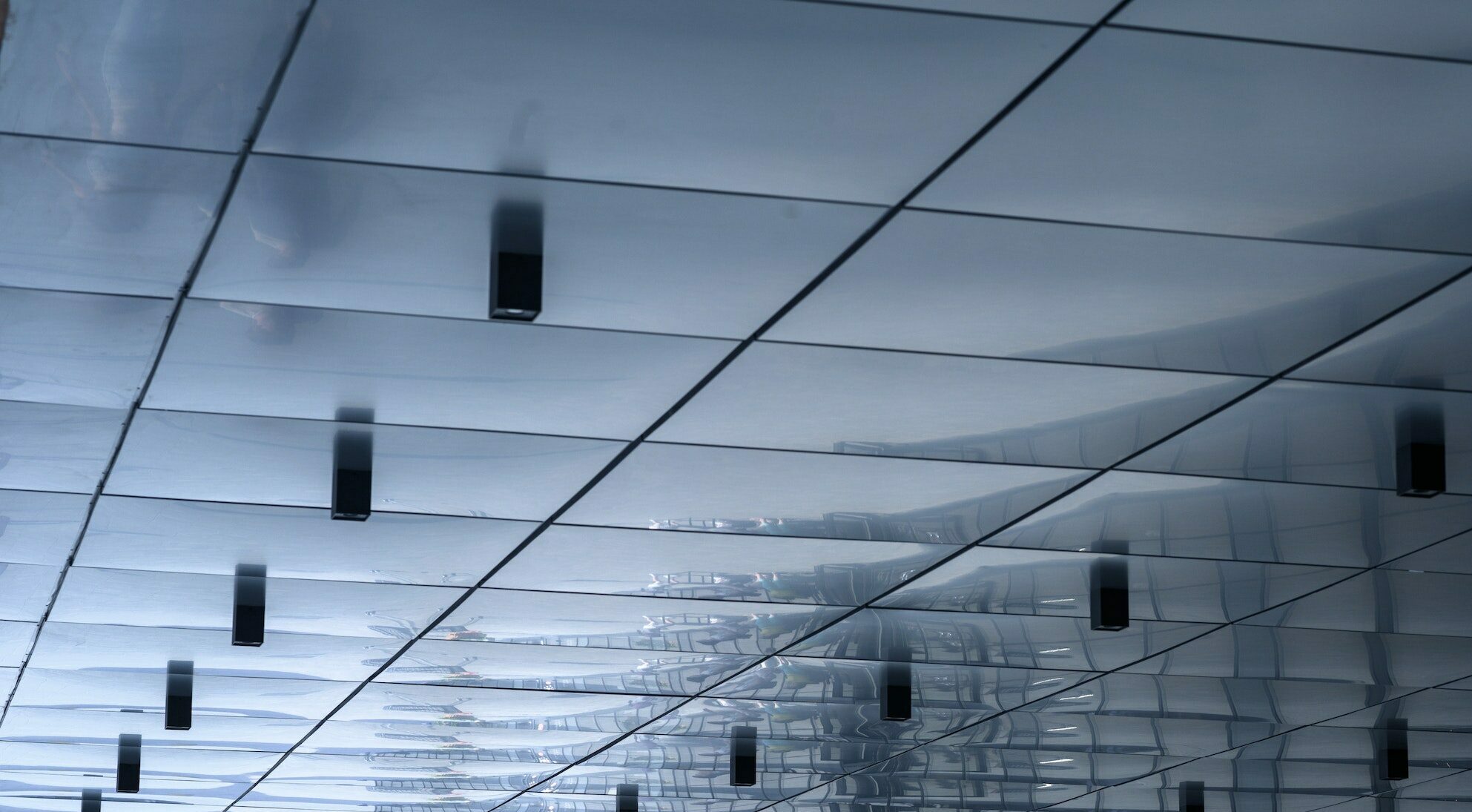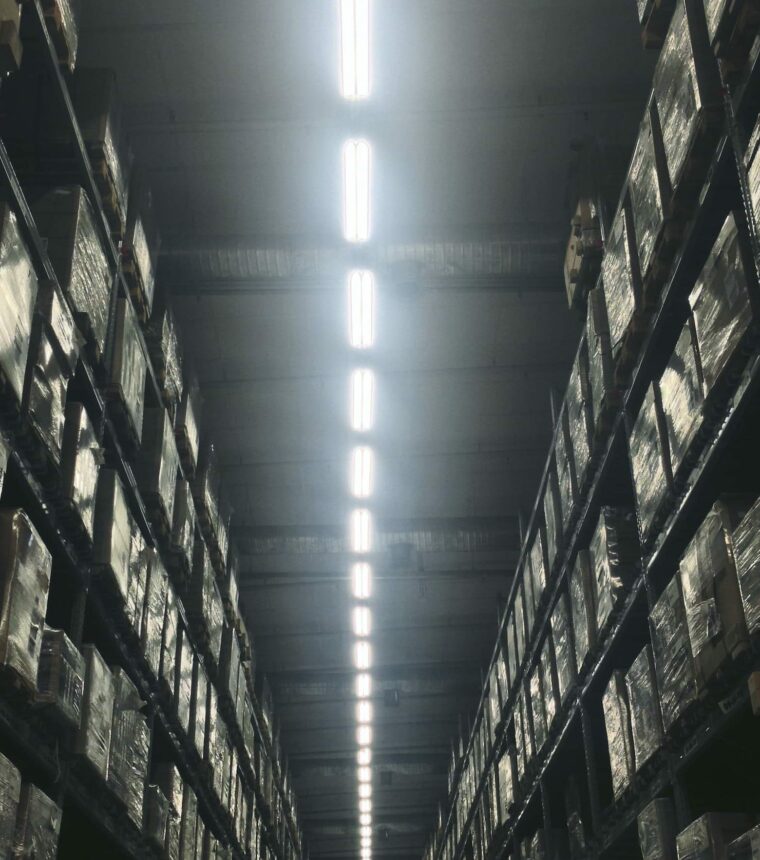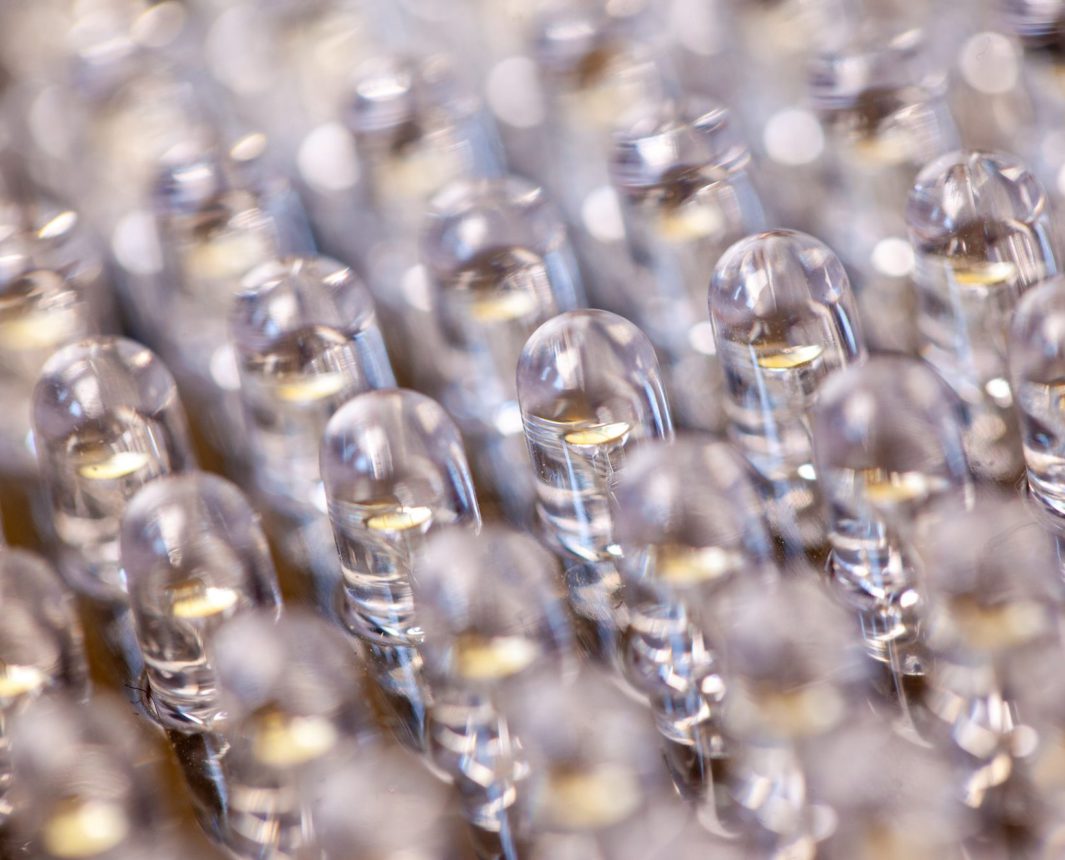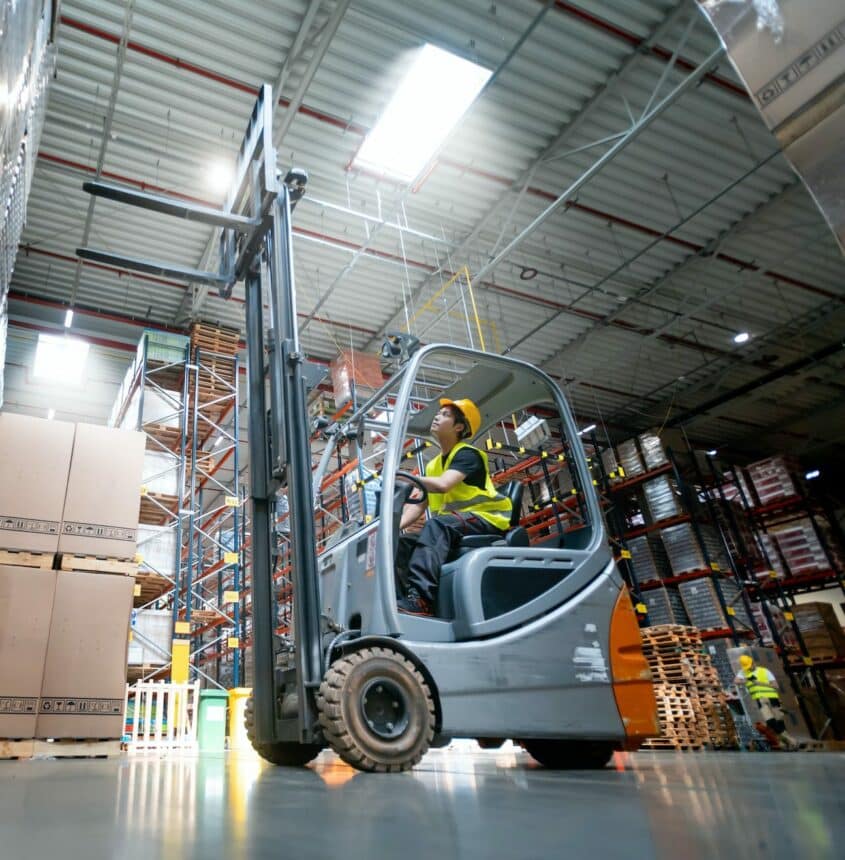Ceiling Height
Ceiling height influences brightness and beam angle. High ceilings require higher lumen output to compensate for the distance between the floor and ceiling, while lower ceilings require low lumen output. Choosing a bulb with an adequate lumen-to-ceiling distance ratio will ensure you never have a dim or overly lit space.
Ceiling Type
Ceilings differ in their material composition and architectural style. Some lighting styles aren’t capable of working well with certain ceiling types. Different ceiling materials might require specific mounting brackets, while other ceilings simply won’t work with particular lights.
Knowing what materials work with different fixtures ensures the correct lighting is installed.
Location and Purpose
Various LED lights produce different light patterns tailored for specific purposes. Accent lights are perfect for highlighting areas or focal points and aren’t suitable as task lights in work areas. Consider whether you need general comfort, accent, or task lighting before choosing your fixture.
Lumens (Brightness Level)
LED brightness can affect comfort levels — areas that are too bright often feel sterile and exposed, while dim areas can feel claustrophobic. We usually recommend picking higher-lumen bulbs for taller ceilings and less-bright options for lower ceilings.
Color Temperature and CRI
Color temperature refers to how warm or cold a light feels. Essentially, if a bulb emits primarily high wavelength light, it will emit a more blue-toned light, while lower wavelengths tend to produce warmer, yellow/orange light. Warm lights are usually suitable for general-purpose lighting in hallways and waiting rooms, while cooler lights are excellent for increased productivity in work areas.
Your light choice can also affect how objects appear under the light. A bulb’s color rendering index measures how well a light reveals an object’s true color. The CRI scale runs from 1-100, with 100 representing the most natural light – the sun.
A high CRI rating is essential in retail spaces, where customers expect an accurate representation of the product they’re buying.





